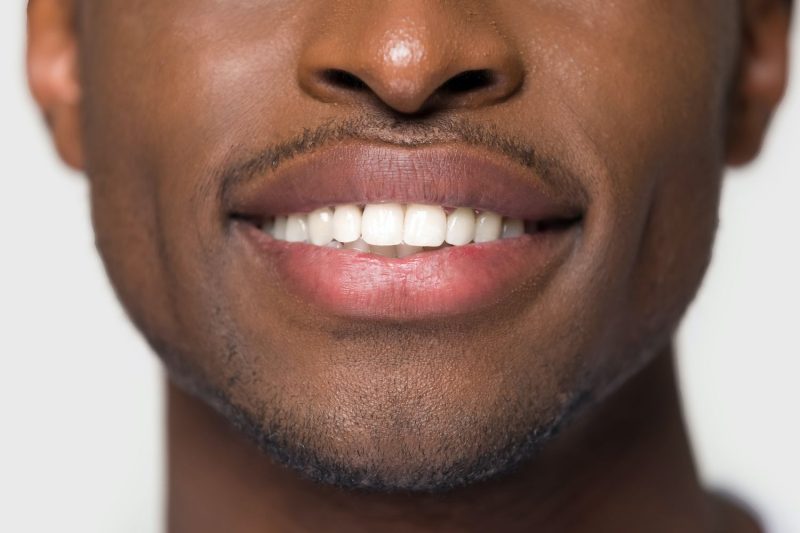Knowing Your Teeth – Dentists in Nashville, TN

Here is a fun riddle: 32 white horses stomping on a hill. First, they champ. Then, they stamp. Then, they stand still. What are they?
Your teeth!
That’s right: as an adult, you have 32 pearly white teeth. Additionally, each tooth has a unique shape and function to help you eat and speak. So, the more you know about your teeth, the better you can take care of them.
Inside Your Teeth
Each of your teeth is composed of three distinct parts: enamel, dentin, and pulp.
Enamel
The enamel is the whitish outer layer that you can see when you smile. It helps protect your teeth from harmful bacteria and other substances. Interestingly, your enamel is the strongest tissue in your entire body. To keep it healthy, you should brush and floss your teeth every day. Additionally, you should avoid eating foods that have high amounts of sugar and acid. Your enamel keeps the delicate inner portions of your teeth safe.
Dentin
Dentin is the layer between the enamel and the pulp. Among the dentin, there are small little tunnels called tubules. These tubes allow sensations to flow through the tooth from your enamel to the nerves and blood vessels inside your tooth. If you experience sensitivity to heat or cold, the sensation will travel from your enamel to the nerves, allowing you to feel.
Pulp
The pulp is the portion of your tooth that is “alive.” This is because it houses the nerves, blood vessels, and connective tissues. If decay and dental trauma affect the pulp, your tooth can die or fall out. When you have a cavity, it will travel from the enamel, through the dentin, to the pulp. If the pulp becomes infected, you may need a root canal.
Types of Teeth
You have four different types of teeth.
Incisors
At the very front of your mouth, you have eight incisors—four on top and four on the bottom. These teeth are flat with a thin edge to help you bite and slice into food.
Canines
Next to your incisors, you have four canines. We get the name of these teeth because they look like dog fangs. This is because they are pointed and sharp to tear into food.
Premolars
Between the canines and molars, you have eight premolars—four on the top and on the bottom. Therefore, these teeth have points and ridges to help tear and grind food.
Molars
In the back of your mouth, you have 12 molars. These teeth are large and flat with ridges to grind food. You have a third set of molars called wisdom teeth. However, most adults need their dentist to extract these teeth. This is because most mouths don’t have enough room for the last set of molars, which can cause misalignment issues, impacted teeth, or pain.
Keeping Teeth Healthy
To avoid common dental problems, it is important to keep a consistent oral hygiene routine. For example, you need to brush your teeth at least twice a day and floss daily. As a result, this can help remove harmful bacteria that can cause decay and destruction to your teeth and gums.







